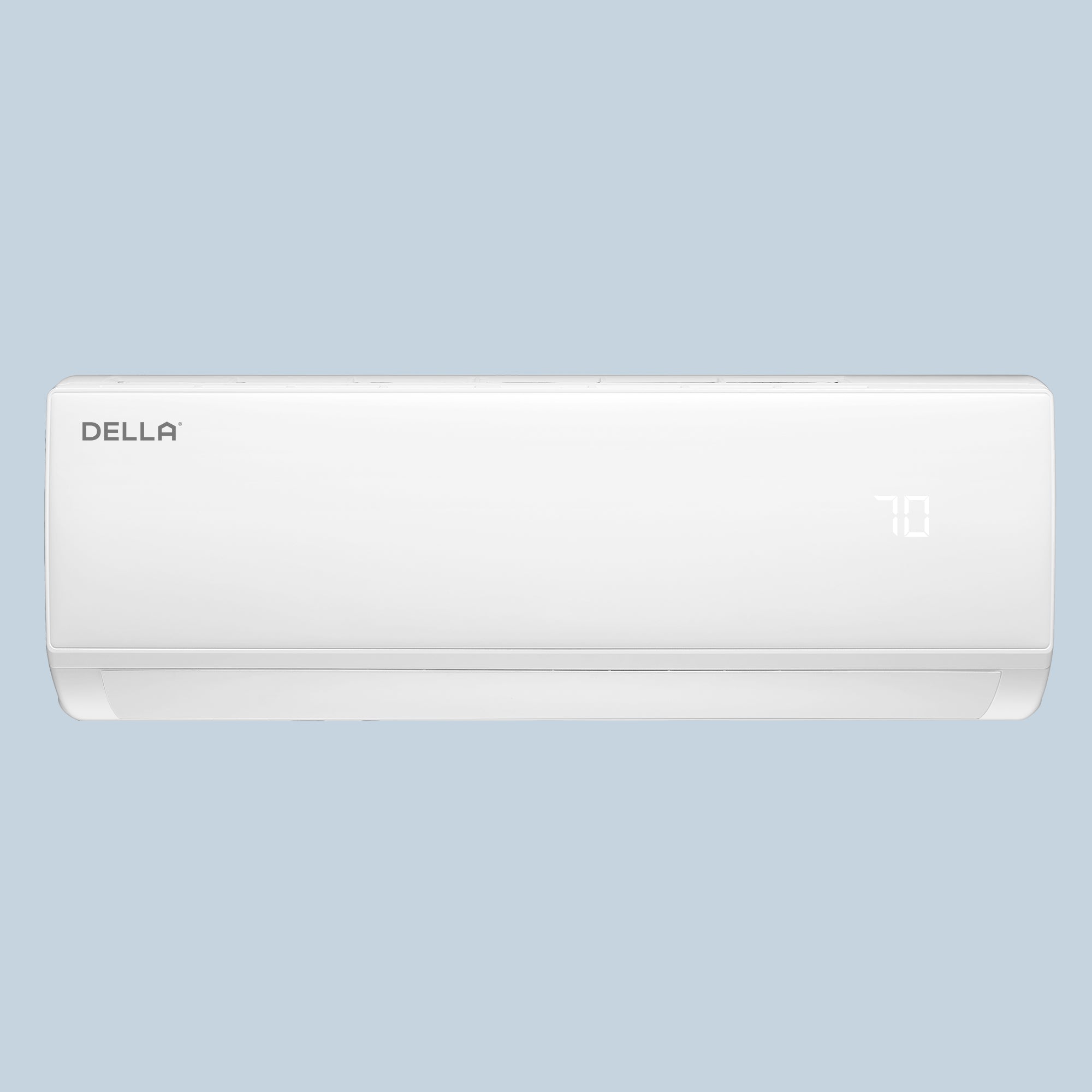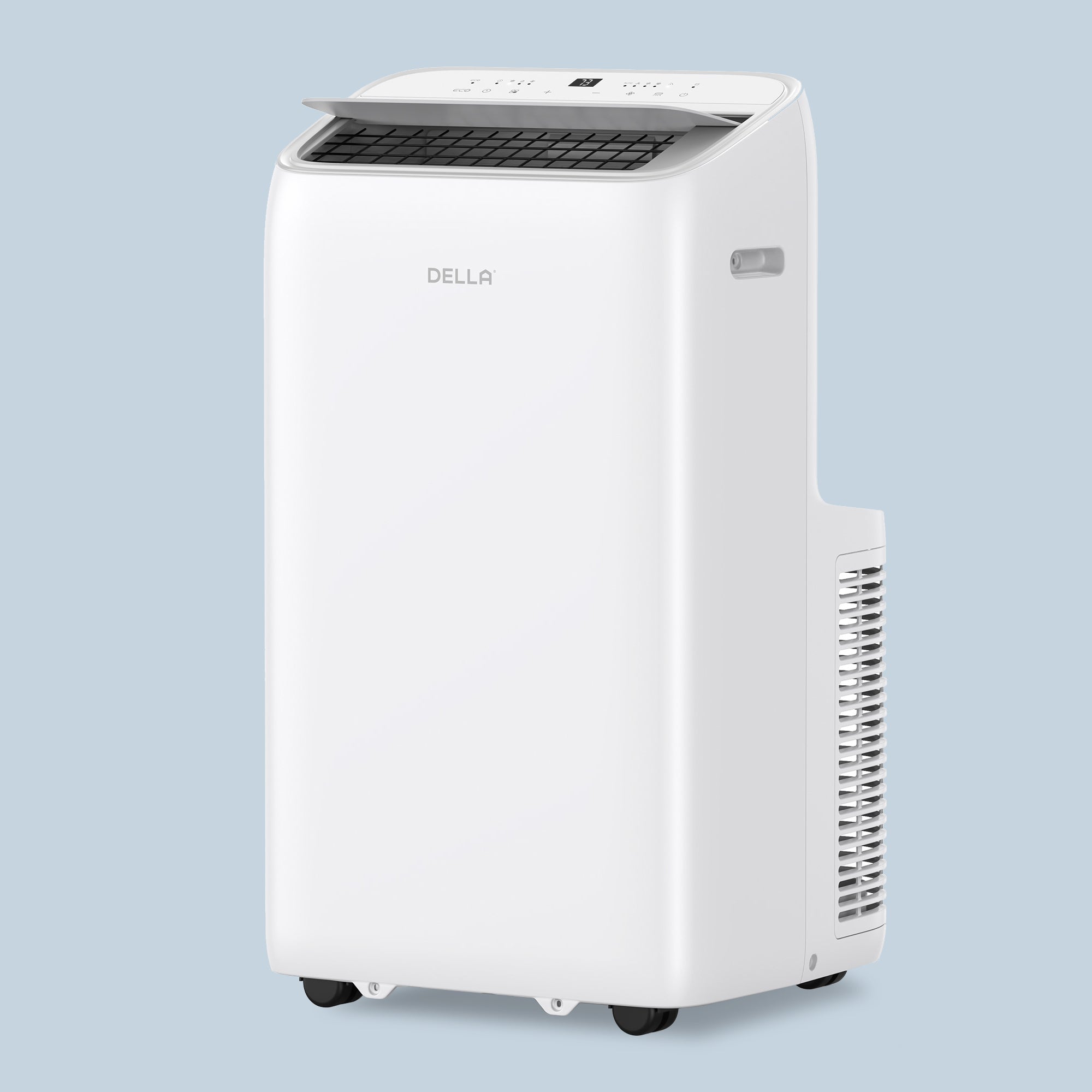More and more people are turning to Mini Split systems for their homes and businesses because they offer flexible installation and efficient temperature control. Whether you want to keep a specific room at a certain temperature or save on energy costs throughout your space, Mini Split ACs could be the perfect solution. Let’s dive into what Mini Splits are, how they work, and the pros and cons of these systems.
What is a Mini Split?
A Mini Split air conditioner is a type of air conditioning system that lets you control the temperature in specific areas. Unlike big, central systems that cool or heat the whole building at the same time, Mini Split ACs work in individual rooms or zones, giving you more control over where you want it to be cooler or warmer.
What is a single zone mini split?
A Single Zone Mini Split is perfect if you need to cool or heat just one room. For example, you might install one in a bedroom that gets too hot in the summer or too cold in the winter. It’s a simple setup with one indoor unit connected to one outdoor unit.
What is a multi zone mini split?
On the other hand, a Multi Zone Mini Split air conditioner is designed to handle multiple rooms. You can have different indoor units in different rooms, all connected to a single outdoor unit. This is great for families where one person likes it cool in the living room while someone else prefers it warmer in the bedroom. Each room can have its own temperature setting, which saves energy and keeps everyone happy. In addition, Furthermore, A multi zone mini split system is more affordable than a single zone mini split system in every room and greatly reduces installation costs.
Types of Mini Splits
Mini Splits come in various installation styles, each with its own pros and cons:
-
Wall-Mounted: Wall-mounted Mini Split ACs are the most common type, as they are easy to install and don’t take up any floor space. They’re mounted high on the wall, out of the way, but their visibility might not suit everyone’s decor taste.
-
Floor-Mounted: Floor-mounted Mini Splits are installed near the floor, making them a good choice for rooms with low ceilings or limited wall space. They’re easy to access for maintenance and can be more convenient in smaller rooms, though they do take up some floor space.
-
Ceiling Cassette: Ceiling cassette Mini Splits are installed in the ceiling, which makes them less noticeable and allows for even air distribution throughout the room. This makes them a great option for larger spaces, but they require more complex installation, and not all ceilings can accommodate them.
-
Concealed or Ducted: Concealed or ducted Mini Split air conditioners are hidden within the ceiling or walls, making them virtually invisible in your room. They can serve multiple rooms discreetly, which is great for maintaining your home’s aesthetic, but they are more expensive and involve a more complex installation process, often requiring some ductwork.

How Does a Mini Split Work?
A Mini Split system as well as Mini Split ACs with heat pump work by transferring heat between the indoor and outdoor units through a set of refrigerant lines. Here’s how the process happens step by step:
-
The indoor unit draws in the air from the room, preparing it for cooling or heating.
-
Inside the Mini Split AC indoor unit, the refrigerant absorbs heat from the room air if you’re cooling, or releases heat into the room if you’re heating. This process cools or warms the air as needed.
-
The refrigerant, now carrying the absorbed heat, travels through refrigerant lines to the outdoor unit. If cooling, the outdoor unit releases this heat outside. When heating, it pulls in heat from the outside air and transfers it back to the indoor unit.
-
The conditioned air is then circulated back into the room, creating a comfortable indoor environment.
Advantages and Disadvantages of Mini Split Systems
When considering a Mini Split system, here are some key pros and cons:
Advantages of Mini Splits
-
Energy Efficiency: Mini Splits can reduce electricity consumption by 30-40% compared to traditional HVAC systems, thanks to their ability to control the temperature in specific rooms, avoiding energy waste and lowering utility bills.
-
Flexible Installation: Mini Split air conditioners can be installed in various spaces without ductwork, making them ideal for older homes, new additions, or hard-to-cool areas. Installation costs typically range from $2,000 to $8,000, depending on the number of zones and complexity.
-
Quiet Operation: Mini Splits run quietly, typically producing 19-30 decibels indoors, making them perfect for bedrooms and offices where noise is a concern.
-
Zone Control: You can set different temperatures in different rooms, catering to individual comfort needs, which can lead to additional energy savings of up to 20%.
Disadvantages of Mini Splits
-
Higher Initial Cost: The upfront cost of Mini Splits and their installation can range from $3,000 to $10,000 or more, which is higher than traditional systems, but the energy savings may offset this over time.
-
Professional Installation Required: Different from window and portable air conditioners, Mini Split air conditioners installation must be done by a professional, adding to the overall cost, with labor costs ranging from $500 to $2,000.
Mini Splits vs. Window Unit and Portable AC
When choosing between a Mini Split AC, a window unit, or a portable AC, it’s important to consider efficiency, cooling capacity, noise level, installation, and aesthetics.
-
Efficiency: Mini Splits are the most energy-efficient, reducing energy use by 30-40% compared to window units and portable ACs, especially in larger spaces.
-
Cooling Capacity: Mini Split air conditioners can cool larger areas and multiple rooms, while window units are best for single rooms and may struggle in bigger spaces. Portable ACs are convenient for small rooms but often lack the power to maintain consistent temperatures in larger areas.
-
Noise Level: Mini Splits operate quietly at 19-30 decibels, making them ideal for bedrooms and living rooms. Window units produce around 50-60 decibels, and portable ACs can be even noisier at 50-70 decibels, which can be disruptive.
-
Installation: Window units and portable ACs are easy and inexpensive to install. In contrast, Mini Splits are more expensive to install (ranging from $3,000 to $10,000) and require professional installation.
-
Aesthetics and Space: Mini Split air conditioners are less intrusive, blending into your decor with wall-mounted or ceiling cassette options. Window units block the view and take up window space, while portable ACs occupy floor space and need venting through a window, sacrificing some comfort.
For renters or those needing a quick, budget-friendly solution, portable or window air conditioners are ideal. However, if you want a long-term, energy-efficient system that delivers superior comfort across multiple rooms, a Mini Split is the better choice.
How to Size the Right Mini Split AC?
Choosing the right size Mini Split system is important for efficiency and comfort. If a Mini Split is too small, it will be hard to cool or heat your space, leading to increased energy consumption and wear on the system. Conversely, an oversized AC unit will cycle on and off too frequently, causing temperature fluctuations and reducing the system's efficiency.
The size of a Mini Split is typically measured in British Thermal Units (BTUs). As a general rule, you need about 25 BTUs per square foot of living space. For example, A 480 sq. ft. room would need a 12,000 BTU unit mini split AC.
Other factors can influence the BTU requirements, including:
-
Insulation: Well-insulated rooms may require 10-15% fewer BTUs, while poorly insulated spaces may need 10-20% more BTUs.
-
Sunlight Exposure: Rooms with significant sunlight exposure may require 10-20% more BTUs to maintain a comfortable temperature.
-
Ceiling Height: Higher ceilings increase the volume of the space, potentially requiring 10-15% more BTUs.
-
Climate Zone: In areas with extreme temperatures, you might need 20-30% more BTUs compared to moderate climates.
How to Install a Mini Split?
Installing a Mini Split system involves the following several key steps:
-
Choose the Locations: Determine the best spots for the indoor and outdoor units. The indoor unit should be centrally placed in the room, about 6-7 feet off the ground, while the outdoor unit should be in a well-ventilated, shaded area.
-
Mount the Indoor Unit: Secure the mounting bracket to the wall, drill a hole for the refrigerant lines, drain hose, and electrical cables, and then attach the indoor unit.
-
Install the Outdoor Unit: Place the outdoor unit on a solid, level surface like a concrete pad. Connect the refrigerant lines and electrical wiring between the indoor and outdoor units.
-
Vacuum and Charge the System: Use a vacuum pump to remove air and moisture from the refrigerant lines. Then, charge the system with the appropriate refrigerant.
-
Test the System: Power on the system to ensure proper operation, checking for correct airflow and temperature regulation.
But unlike window air conditioners and portable air conditioners, mini splits require a certified professional to install and ensure your system operates efficiently from the start. It typically costs between $500 and $2,000.

What Maintenance is Needed for a Mini Split AC?
Regular maintenance is needed to keep your Mini Split AC system running efficiently and to extend its lifespan. Here’s what you need to do:
-
Clean the Filters: The filters in the indoor unit should be cleaned or replaced every 1-3 months. Dirty filters can reduce airflow and efficiency, leading to higher energy consumption.
-
Inspect the Outdoor Unit: Clear the debris, leaves, and dirt around the outdoor unit. This should be done at least twice a year, especially before the cooling and heating seasons, to ensure proper airflow and prevent overheating.
-
Check the Refrigerant Levels: Low refrigerant levels can affect the system’s ability to cool or heat your space efficiently. It is advised to have a professional check and recharge the refrigerant annually.
-
Clean the Coils: Clean the dust and dirt buildup in the indoor and outdoor coils annually. Dirty coils can reduce the system’s efficiency and increase energy costs.
-
Schedule Professional Maintenance: It’s a good idea to have a professional technician inspect and service your Mini Split air conditioner once a year. This includes checking all components, cleaning the system, and ensuring everything is operating correctly.
Get Your Best Mini Splits Right Now
If you’re looking for a reliable and efficient Mini Split system, Della has you covered. Whether you need a single zone unit for a specific room or a Dual Zone Mini Split AC to control the temperature in multiple areas of your home, Della offers a wide range of options to meet your needs.
Visit our website today to get your air conditioners sale right now and start enjoying year-round comfort!
Related Reading:
What Size of Mini Split Air Conditioner Do I Need?
How Does a Mini Split Air Conditioner Work?
Pros and Cons of Ductless Mini Splits: Are They Worth It?
How to Clean Your Mini Split AC? Here's What You Have to Know








LEAVE A COMMENT
All comments are moderated before being published.
This site is protected by hCaptcha and the hCaptcha Privacy Policy and Terms of Service apply.